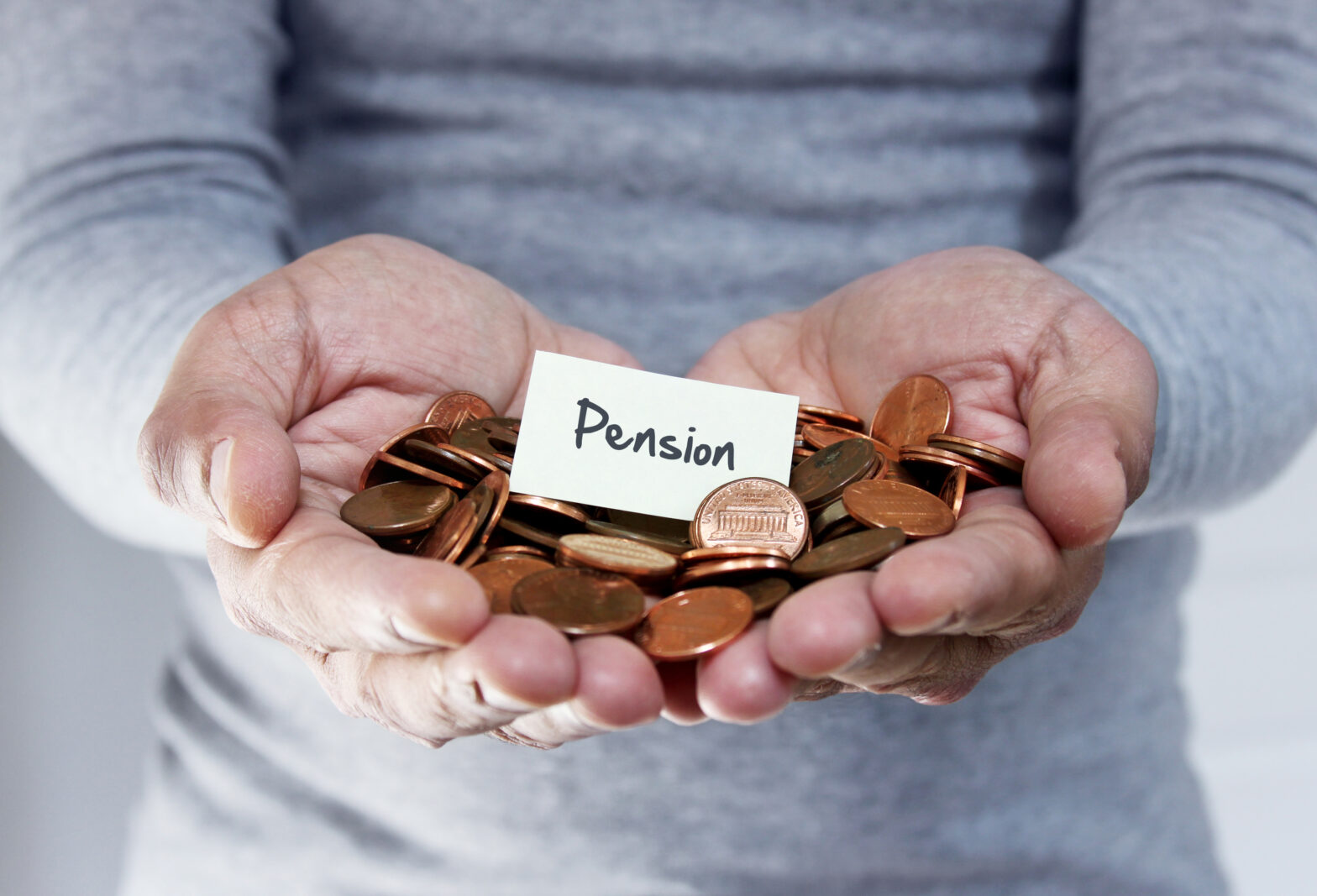Given cuts to interest rates, recent market volatility and the likely value of state pensions, planning for retirement is now more important than ever. A raft of newly-introduced initiatives gives savers more choice than ever before. Here’s our guide to your options and how to maximise your savings.
Pension schemes
Pension schemes are some of the most tax-efficient ways to save. Savers are able to get tax relief on contributions of up to £32,000 from post-tax income (or your annual earnings, whichever figure is lower) per year. HMRC will pay at your marginal tax rate a top-up on any (after-tax) contributions that you make. So if you’re earning less than £43,000, for example, for every £8 you pay into a scheme, the government will pay in £2. Even without any income though, you can still pay in up to £2,880. Once the money is in your pension pot, any income or gains arising from it – be they interest, dividends or capital gains – are tax free.
When it comes to drawing down the pension once you retire, there are a few options. With recent changes, you can withdraw the whole amount (or in some cases a smaller amount is withdrawable too) and receive 25 per cent of it tax-free, or take 25 per cent of it as a tax-free lump sum. You’ll then have six months to start withdrawing the remaining funds. You can do this either by asking your provider to invest your funds in the purchase of an annuity, or in a ‘flexi-access’ drawdown fund, which allows you to make withdrawals (or pay in, with a tax-free allowance of £10,000 a year). However, this remaining 75 per cent will be taxable income at your marginal rate.
ISAs
Individual Savings Accounts come in the form of Cash ISAs and Investment ISAs, both offering tax-free interest, dividends or returns on any deposits. You can put up to £15,240 between these accounts in a tax year, split in any way you prefer (only the total is limited). New rules introduced last year also mean that you may be able to withdraw and replace funds from them within a single tax year without using up further allowance (ie if you withdraw but also replace an amount from an ISA within the same tax year).
There is no lifetime maximum on total deposits either, and though ISA assets will incur inheritance tax, widows, widowers and bereaved civil partners can benefit from the Additional Permitted Subscription Allowance. This adds on the value of any ISAs left behind by their partner onto their tax-free allowance for that year. For example, if an ISA worth £10,000 was inherited, inheritance tax would be due on the asset itself, but the partner would gain £10,000 onto their £15,240 tax-free allowance and could invest £25,240 into an ISA in that year.
There are a range of ISAs for you to choose from, in both Cash ISA and Investment ISA (also known as a stocks and shares ISA) form. Here is a brief overview of the main types you might consider investing pension savings in:
Cash ISA: This is the basic ISA. It acts like a normal savings account and you pay no tax on the interest. Fixed-rate ISAs require you to leave your money in for a few years, but offer generally better returns than Easy Access ISAs.
Stocks and Shares ISA: Like a fixed-rate ISA, it offers a tax-free return for a time commitment of the money. Returns vary with the stock market, so you can lose out if the market underperforms inflation, but see your savings grow if the stock market beats it.
Innovative Finance ISA: Introduced this year, this acts similarly to a Stocks & Shares ISA, but is based on peer-to-peer lending. See: Innovative Finance ISAs – the basics outlined for investors – for more information
Lifetime ISA: If you are between 18 and 40 when this ISA is introduced in April 2017, then you can invest in this. You can deposit up to £4,000 per year, and the government will top-up 25 per cent of your contributions (so up to an additional £1,000 per year).
Help-To-Buy ISA: If you wish to invest your savings in the property market, this ISA will top up 25 per cent of £12,000 that you have spent on buying a property (up to £250,000 outside London or £450,000 inside London) upon completion of purchase, so can be used towards mortgage payments. Frustratingly, despite being announced with the intention to help first time buyers, it can’t be used against paying your deposit, as the Telegraph recently covered. You are able to withdraw the money before this, but you won’t get the 25 per cent top-up. You must also not have invested more than £1,200 into another ISA in the same tax year as starting one of these ISAs. However, you can start it with just £1,000, and then add up to £200 per month.
The downside to ISAs is that although you avoid income tax on these incomes in the future, you don’t avoid the income tax now, with contributions made after tax. Consequently, ISAs might perhaps be more tax-efficient used as a tax-free income to top-up on a normal pension scheme, especially with the caps on ISA deposits. You must also consider whether the initial cost will be outweighed by the income gains made from the tax-free interest on them.
One consideration could be that of timing. Once contributions are made to a pension scheme, they are locked away until the individual reaches pensionable age – generally 55. With ISAs however, you can withdraw as necessary if extra unexpected costs arise – emergency repairs to your home, or a new car if you got into a crash.
Other allowances
Before considering ISAs, it’s worth remembering that if you earn less than £43,000 per annum, your first £1,000 in interest from your savings in a bank or building society account is tax-free (or your first £500 for incomes between £43,000-150,000). This is your Personal Savings Allowance.
Secondly, before you invest in ISAs, you might also benefit from making use of the increased Capital Gains Allowance – up to £11,100 per year – by selling off any assets gradually and keeping within this allowance.
Finally, there is a new Dividend Allowance, which means you can earn up to £5,000 in dividend income tax-free.
Finding the right balance
If you want to save money whilst seeing as little of it as possible eroded by tax, the most tax-efficient method would likely be a portfolio that combines a pension scheme (with income drawn within the tax-free allowances) with top-ups using tax-free allowances on investment elsewhere, rearranging where you’re investing your savings so as to make full use of many tax-free allowances. Speak to an IFA or pensions advisor to find the optimum structure for you.
Chris Kelly is assistant manager at Howlader & Co.





